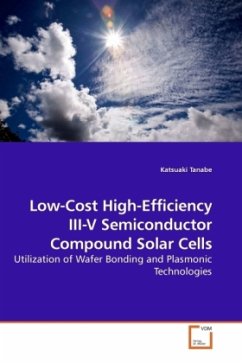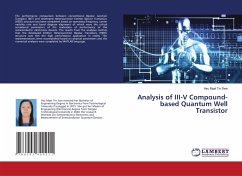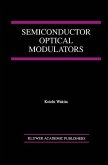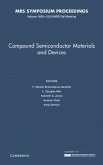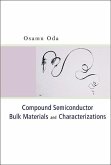Solar cells are a promising renewable, carbon-free electric energy resource to address the fossil fuel shortage and global warming. Energy conversion efficiencies around 40% have been achieved in laboratories using III-V semiconductor compounds as photovoltaic materials. This book provides a review of the world's recent developments for higher efficiency III-V semiconductor compound multijunction solar cells and the author's own related works at Caltech. Technological strategies for further performance improvement from the most efficient (Al)InGaP/(In) GaAs/Ge triple-junction cells including the search for 1.0 eV bandgap semiconductor materials lattice- matched to GaAs and Ge is currently being sought. Nitrides are the strongest candidates, while suffering from their low quantum efficiencies. Lattice-mismatch strategies are also going on, such as compositionally graded growth and direct wafer bonding. Implementation of plasmonic metallic nanostructures manipulating photonic energy flow directions to enhance sunlight absorption in thin photovoltaic semiconductor materials is also emerging.

